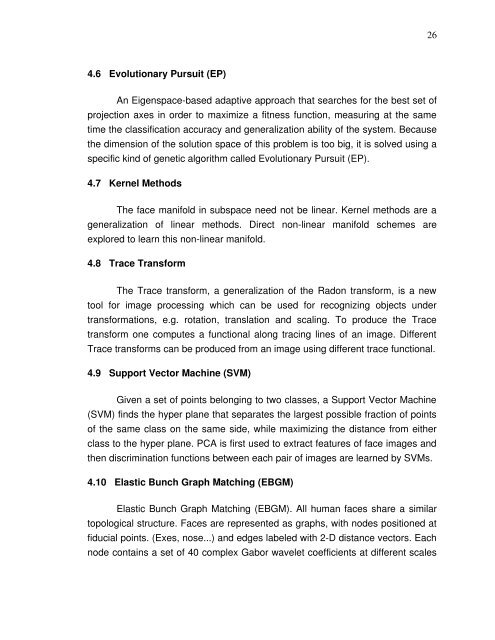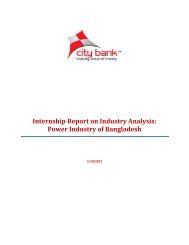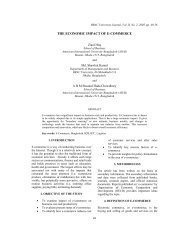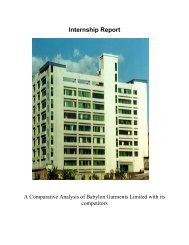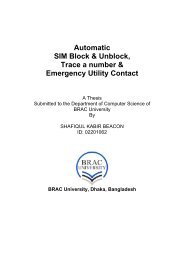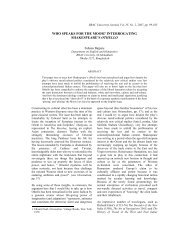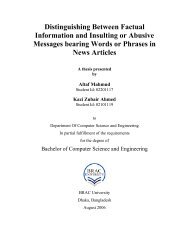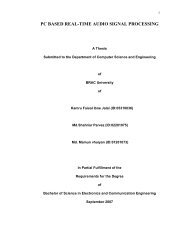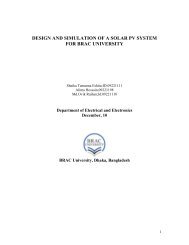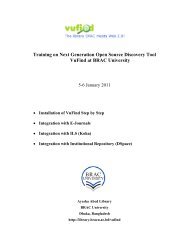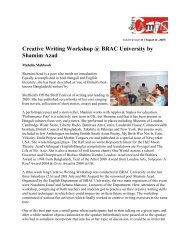LITERATURE SURVEY OF AUTOMATIC FACE RECOGNITION ...
LITERATURE SURVEY OF AUTOMATIC FACE RECOGNITION ...
LITERATURE SURVEY OF AUTOMATIC FACE RECOGNITION ...
Create successful ePaper yourself
Turn your PDF publications into a flip-book with our unique Google optimized e-Paper software.
4.6 Evolutionary Pursuit (EP)<br />
An Eigenspacebased adaptive approach that searches for the best set of<br />
projection axes in order to maximize a fitness function, measuring at the same<br />
time the classification accuracy and generalization ability of the system. Because<br />
the dimension of the solution space of this problem is too big, it is solved using a<br />
specific kind of genetic algorithm called Evolutionary Pursuit (EP).<br />
4.7 Kernel Methods<br />
The face manifold in subspace need not be linear. Kernel methods are a<br />
generalization of linear methods. Direct nonlinear manifold schemes are<br />
explored to learn this nonlinear manifold.<br />
4.8 Trace Transform<br />
The Trace transform, a generalization of the Radon transform, is a new<br />
tool for image processing which can be used for recognizing objects under<br />
transformations, e.g. rotation, translation and scaling. To produce the Trace<br />
transform one computes a functional along tracing lines of an image. Different<br />
Trace transforms can be produced from an image using different trace functional.<br />
4.9 Support Vector Machine (SVM)<br />
Given a set of points belonging to two classes, a Support Vector Machine<br />
(SVM) finds the hyper plane that separates the largest possible fraction of points<br />
of the same class on the same side, while maximizing the distance from either<br />
class to the hyper plane. PCA is first used to extract features of face images and<br />
then discrimination functions between each pair of images are learned by SVMs.<br />
4.10 Elastic Bunch Graph Matching (EBGM)<br />
Elastic Bunch Graph Matching (EBGM). All human faces share a similar<br />
topological structure. Faces are represented as graphs, with nodes positioned at<br />
fiducial points. (Exes, nose...) and edges labeled with 2D distance vectors. Each<br />
node contains a set of 40 complex Gabor wavelet coefficients at different scales<br />
26


